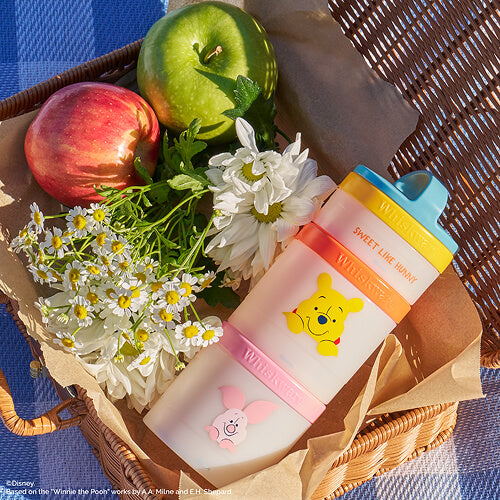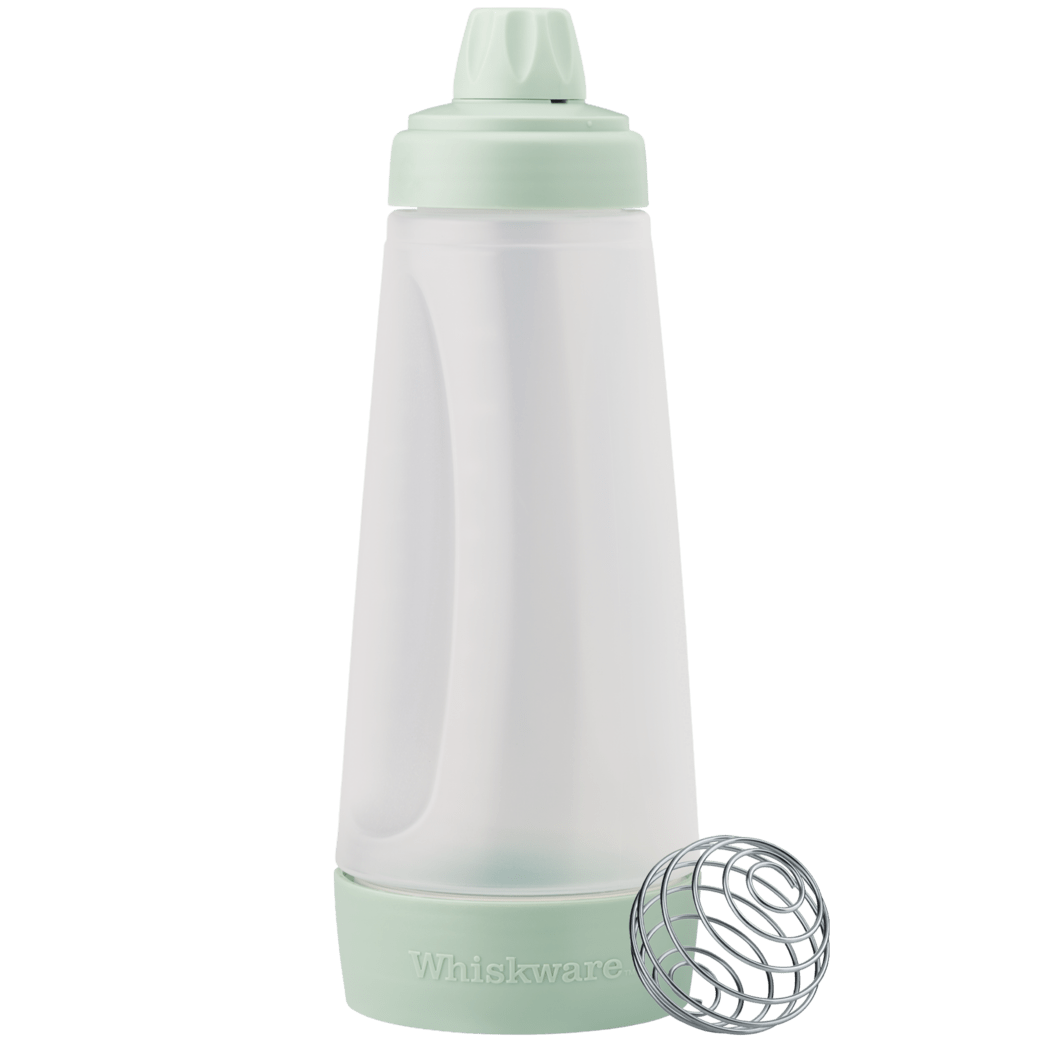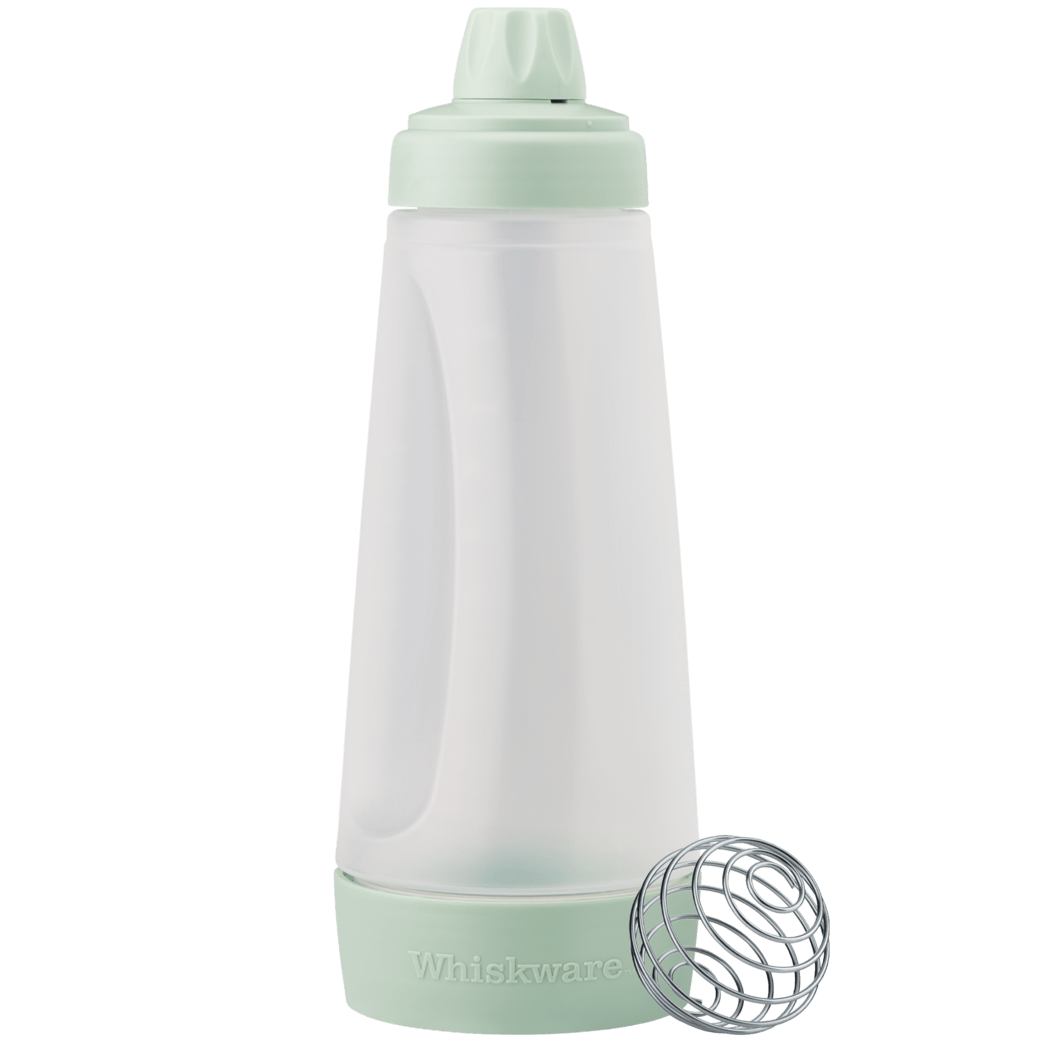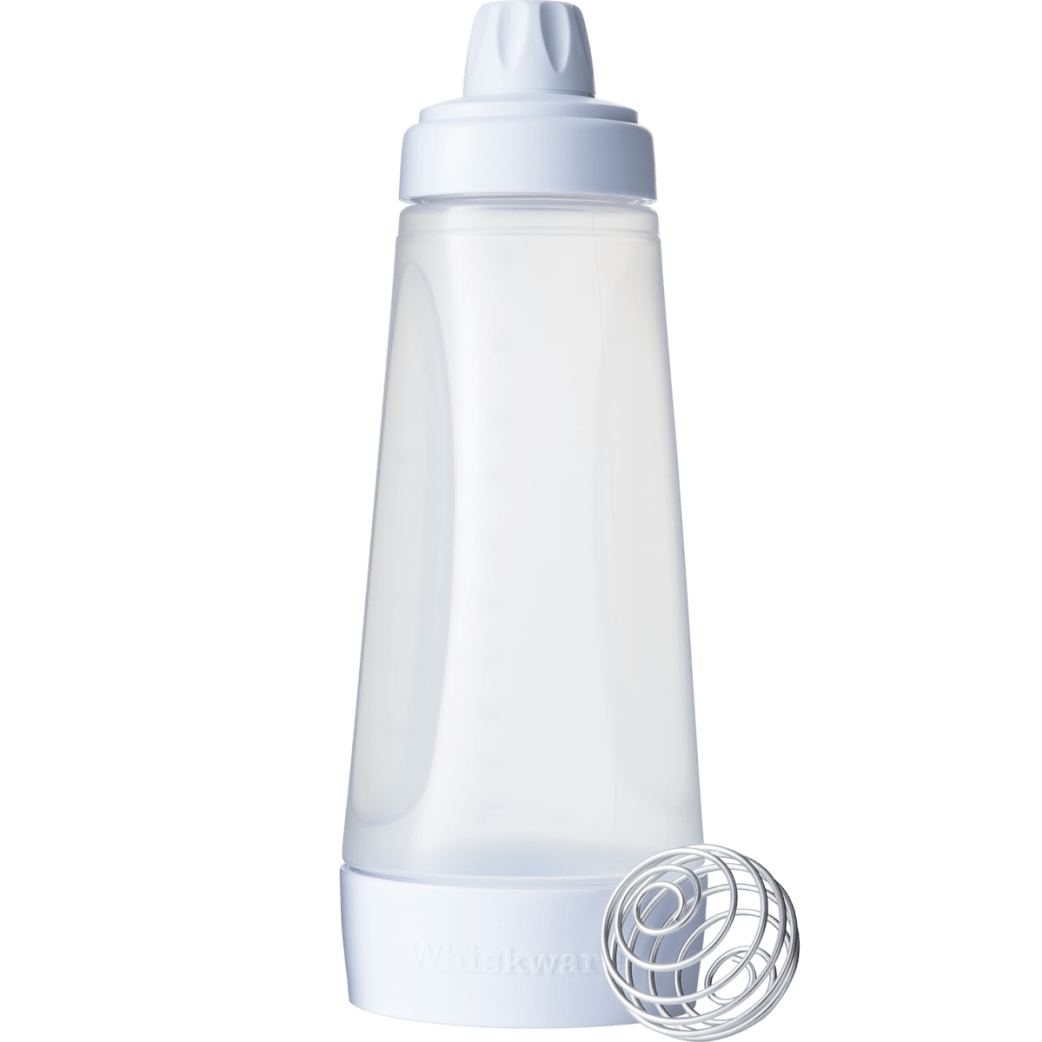What to Bring on a Field Trip: A Guide for Students, Chaperones, and Teachers
The end of the school year always seems to come with a flurry of activity—class celebrations, special events, and of course… the big field trip. Kids look forward to these adventures for weeks, and for good reason: it’s a chance to step out of the classroom and into a day of hands-on fun.
But let’s be honest—field trips can be a little hectic, too. Between keeping track of gear, making sure lunches don’t get squished, and managing all that excited energy, it helps to go in prepared. That’s why we’ve pulled together a simple field trip packing list for students, chaperones, and teachers. A little planning goes a long way toward keeping the day smooth, stress-free, and full of the memories you actually want to remember.
For Students: Pack Light & Label Everything
Quick Checklist
✔ Lightweight backpack
✔ Jacket or hat (weather-appropriate)
✔ Labeled water bottle (refillable)
✔ Simple, no-mess snacks (fruit, crackers, granola bar)
✔ Lunch (only if required)
✔ Snack container to keep food organized and uncrushed
Why This Matters
When it comes to field trips, the golden rule is simple: keep it light and manageable. Kids carry their own backpacks all day—on the bus, through the museum, across the zoo—so a bag that feels fine in the morning can quickly turn into a burden by the afternoon. Stick to the essentials, and make sure everything is something your child can comfortably carry.
Labeling is non-negotiable. Backpacks, jackets, lunch bags, and water bottles are some of the first things to end up in a school’s lost-and-found. A clear name label or even a permanent marker can save you from replacing lost gear later.
When it comes to food, keep it simple and practical. Only send a packed lunch if it’s required—many schools provide one, so check before adding extra weight to the backpack. For snacks, think no-mess options like crackers, fruit, or granola bars. This is where a good container comes in handy. Whiskware snack containers help keep food organized, easy to portion, and safe from being crushed at the bottom of the bag.
Hydration is key, so be sure to pack a refillable water bottle. And while sunscreen is a must for outdoor trips, the best strategy is to apply it before leaving home so it’s already in place when the day begins. If the forecast calls for sun or cooler weather, a lightweight hat or jacket is smart, but skip anything bulky.
Finally, remind students to leave extras at home. Toys, electronics, and “special” treasures are distracting at best and heartbreaking if lost or broken. The less clutter in their bag, the more they can focus on what matters most—enjoying the adventure and making memories.
For Chaperones: Be the Backup Plan
Quick Checklist
✔ Tissues
✔ Hand sanitizer
✔ Mini first-aid kit
✔ Wet wipes
✔ Extra snacks for kids who forget theirs
✔ Weather-ready accessories (hat, sunglasses, light jacket)
✔ Refillable water bottle
✔ Clipboard or folder with group list and schedule or digital copy of group list and schedule
✔ Pen or Sharpie for quick labeling
✔ Fully charged phone and portable charger
✔ Lightweight bag so your hands stay free
Why This Matters
If students are the stars of the show, chaperones are the behind-the-scenes crew that keep things running smoothly. A successful field trip often hinges on having a few extra supplies on hand—and that’s where you come in.
Start with the basics: tissues, wet wipes, hand sanitizer, and a mini first-aid kit. Paper cuts, sticky hands, and mystery sneezes are practically guaranteed, and having supplies ready makes you the go-to problem solver. It’s also smart to bring a few extra snacks. No matter how well-prepped everyone is, someone will forget theirs, and a quick bite can turn a meltdown into a happy camper.
Chaperones are also key for group management. A physical or digital copy of your group list and schedule keeps everything organized. And don’t underestimate the power of a Sharpie. If students get water bottles at lunch or during a break, they all look the same—labeling them on the spot keeps things from getting mixed up (and avoids the inevitable “but that’s mine!” argument).
Your own comfort matters too. Wear comfortable shoes—you’ll be walking all day—so consider brining the appropriate weather gear like sunglasses, a hat, or a light jacket. Don’t forget a refillable water bottle for yourself, because staying hydrated keeps your energy up.
Most importantly, pack light. The less you carry, the more hands you have free for helping students, guiding the group, or grabbing a runaway jacket. Think of yourself as the field trip’s backup plan: not overloaded, but ready for whatever pops up.
For Teachers: Lead the Charge
Quick Checklist
✔ Attendance sheets, permission slips, and emergency contacts
✔ Fully charged phone and portable charger (or walkie-talkies if available)
✔ Extra name tags, stickers, or wristbands for students
✔ Your own snacks and a refillable water bottle
✔ Comfortable shoes and weather-ready gear
Why This Matters
Teachers are the captains of the field trip ship—responsible for keeping dozens of students safe, on schedule, and engaged. Having the right essentials makes all the difference in making the day less stressful and more successful.
Start with paperwork. Keep attendance sheets, permission slips, and emergency contact information in one organized folder or clipboard you can access quickly. It’s the kind of thing you may not need… until you do, and then it’s priceless.
Communication tools are another must. A fully charged phone is non-negotiable, and a portable charger is a smart backup in case the day runs long. If your school provides them, walkie-talkies can also be handy for staying in touch with other staff or chaperones in big, busy places like zoos or museums.
For student management, extra name tags, stickers, or wristbands can be a lifesaver—especially if you’re in a crowded venue where groups can easily blur together. They’re also helpful for younger kids who may not remember what group they belong in.
Don’t forget yourself! Pack snacks and a refillable water bottle—teachers are often too busy managing the day to wait in a concession line. Comfortable shoes and weather-appropriate gear will also help you get through hours of walking without being worn out.
And finally, one of the most effective tools you can bring is clear expectations. A quick reminder to students and chaperones about staying with the group, following rules, and keeping track of their belongings goes a long way toward preventing chaos later.
Teachers juggle a lot on field trips, but with preparation and the right essentials, the day can run smoothly—and maybe even give you a chance to enjoy the adventure alongside your students.
For Substitutes: Come Extra Prepared
Quick Checklist
✔ Class roster with photos (if possible)
✔ Seating chart or bus assignments
✔ Detailed itinerary from the lead teacher or school office
✔ Extra copies of permission slips and emergency contacts
✔ A few icebreaker questions or quick games for downtime
✔ Contact info for another teacher or administrator
Why This Matters
Field trips can be especially challenging for substitutes because you may not know the students by name (or personality) yet. Coming extra prepared helps you feel confident and keeps the day running smoothly.
Start by making sure you have a class roster with photos if possible. Being able to quickly put names to faces helps with attendance and keeping track of the group. A seating chart or bus assignment list can also save time and prevent mix-ups when it’s time to travel.
Have a detailed itinerary in hand, ideally provided by the lead teacher or school office before the trip. It should include locations, times, and group assignments. Extra copies of permission slips and emergency contacts are worth carrying too—you don’t want to be caught without important info if needed.
Because substitutes may not have the same rapport with students, it’s smart to keep a few icebreaker questions or simple games ready for downtime on the bus or while waiting in line. It helps build connection and keeps kids engaged.
Finally, make sure you have contact info for another teacher or administrator who’s on the trip. That way, if something unexpected pops up, you know exactly who to reach out to.
With a little extra preparation, substitutes can step into a field trip with confidence and help make the day fun and safe for everyone.
Wrap-Up
Field trips are one of those core school memories—fun, a little chaotic, and absolutely worth the effort. With the right preparation, students can enjoy the adventure without lugging around too much, chaperones can feel ready for whatever the day throws their way, and teachers (or substitutes!) can keep everything on track.
The big takeaway? Keep it light, keep it labeled, and keep it simple. Kids don’t need extras weighing them down, chaperones shine when they’re prepared but not overloaded, and teachers lead best when everyone’s on the same page.
And while you can’t control the weather, the bus ride, or the inevitable “are we there yet?” chorus, you can make life a little easier with smart choices—like organizing snacks in a way that keeps them fresh, uncrushed, and easy to find.
So whether you’re packing a backpack, guiding a group, or leading the whole show, a little prep means less stress and more space to enjoy the day. Here’s to smoother trips, happy kids, and memories everyone will actually want to remember.






